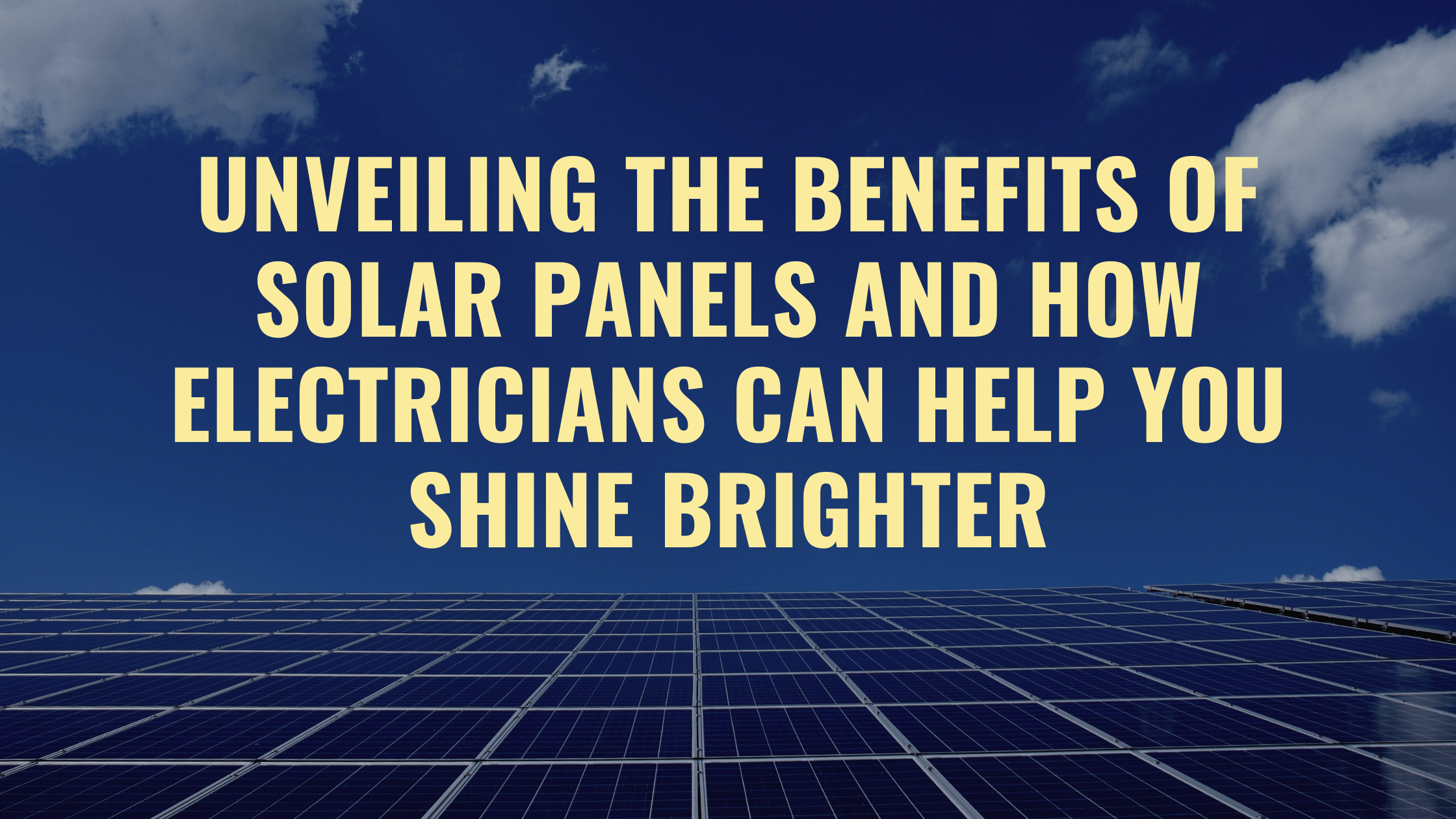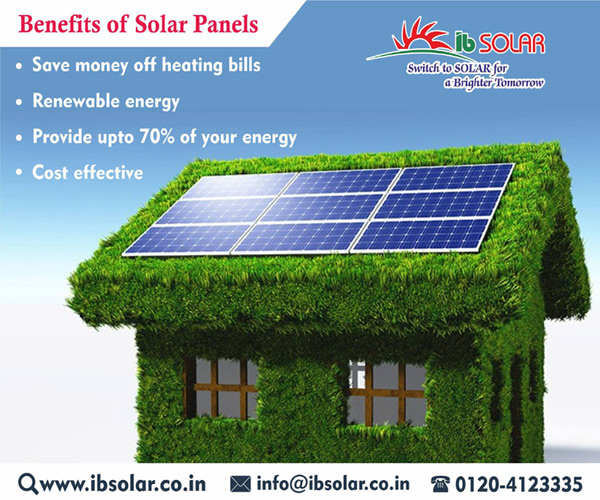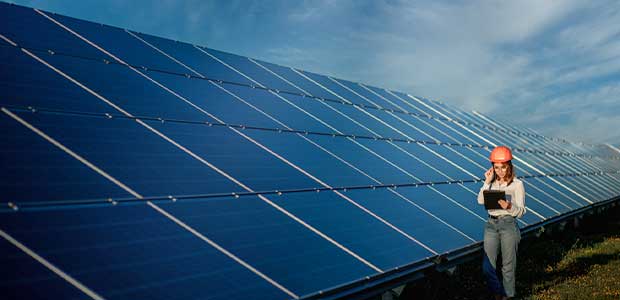Solar Power 101: A Novice's Overview to Sustainable Power Solutions
As the world progressively shifts towards lasting power services, comprehending the fundamentals of solar power ends up being vital for both individuals and services. By discovering the advantages of solar modern technology, together with the financial rewards and installment processes, one can gain a more clear perspective on just how to properly integrate this sustainable source into their power approach.
Comprehending Solar Power
At its core, understanding solar power involves comprehending the fundamental principles of exactly how sunshine can be exchanged useful electrical power. Solar power is obtained from the sun's radiation, which can be taken advantage of with various innovations. The key mechanism for this conversion is the photovoltaic result. This phenomenon happens when sunlight strikes semiconductor products, usually silicon-based, within solar batteries. The power from the sunshine excites electrons in the semiconductor, permitting them to stream openly and generate straight current (DC) electricity.

Comprehending solar power also includes acknowledging its ecological advantages. By making use of sunshine, we can mitigate greenhouse gas emissions and decrease air pollution, adding to a much more sustainable future. The innovations in technology and efficiency of solar systems continue to boost their practicality, making solar power a significantly attractive option for worldwide energy requirements.
Kinds Of Solar Power Solutions
Different types of solar energy systems are commonly used to harness solar power for electrical power generation. The primary groups include photovoltaic or pv (PV) systems, concentrating solar power (CSP) systems, and solar thermal systems.
Photovoltaic or pv systems use photovoltaic panels made up of silicon cells that transform sunlight directly right into electrical energy. These systems are versatile and can be installed on roofs, ground places, or incorporated into building materials.
Focusing Solar Power systems, on the other hand, employ mirrors or lenses to focus sunshine onto a tiny location, creating warm that drives a heavy steam turbine to produce electricity - Simply Solar Illinois. CSP systems are normally deployed in large nuclear power plant and require direct sunshine, making them much less suitable for over cast areas

Each sort of solar energy system has its distinct attributes, applications, and suitability depending on geographical place, power requirements, and budget, making it necessary to examine options based upon certain circumstances. - Simply Solar More Info Illinois

Benefits of Solar Power
Utilizing solar energy through different systems not only offers a sustainable way to generate electrical power however likewise offers a wide variety of advantages. Among one of the most considerable advantages is the reduction in greenhouse gas exhausts, adding to a cleaner atmosphere and combating climate modification. Solar power is sustainable, indicating it is limitless and available as long as the sun beams, unlike fossil gas, which are finite and depleting.
Furthermore, solar power can result in considerable expense savings in time. Homeowners and organizations can decrease their electricity costs substantially, and oftentimes, they might make credit ratings for excess power created through internet metering. Furthermore, the solar industry develops tasks, from manufacturing to installment, stimulating neighborhood economic climates.
One more engaging benefit is power self-reliance. By producing their own power, individuals and communities can lower reliance on outside energy resources, enhancing strength against changing power costs and supply disturbances. Additionally, solar power systems require very little upkeep, making them a practical alternative for sustainable power generation.
Installment Process Review
The setup procedure for solar power systems typically entails several vital steps that guarantee reliable combination into a residential or commercial property. Initially, a thorough website assessment is carried out to review the roof's orientation, shading, and structural stability, which are critical to optimizing solar panel performance. Following this analysis, the layout stage starts, where a customized solar power system is set up based upon the home owner's power demands and choices.
As soon as the layout is wrapped up, the essential authorizations and authorizations are gotten from neighborhood authorities, making certain conformity with regulations. The real installment entails placing the photovoltaic panels on the roof covering or ground, attaching them to an inverter, and integrating the system with the property's electrical arrangement. This stage might likewise include installing battery storage space systems, depending upon the design.
After installation, a comprehensive inspection is performed to validate the system's performance and safety. The system is appointed, and house owners are educated on its procedure and maintenance. With the installment full, right here the solar power system can begin creating renewable resource, adding to sustainability and minimizing utility costs. This organized method guarantees that planetary systems are both effective and reputable, maximizing their lasting benefits.
Financial Incentives and Savings
Discovering the economic motivations and financial savings associated with solar power systems can significantly enhance the appeal of making the switch to renewable power. One of the most notable motivations is the government solar tax obligation credit, which permits homeowners to subtract a percent of their solar system installment expenses from their federal taxes.
Along with tax credit scores, many states use refunds that can additionally reduce in advance costs. Some energy firms additionally supply performance-based rewards, gratifying solar power production over time. Funding options, such as solar car loans and leases, allow customers to set up systems with little to no deposit, making solar power extra obtainable.

Long-lasting financial savings are another important factor. By generating their own power, homeowners can considerably minimize or also eliminate their monthly energy costs. Additionally, solar systems can enhance residential or commercial property values, supplying a strong return on financial investment. Overall, the combination of incentives and savings makes solar energy a financially appealing selection for several households.
Conclusion
In verdict, solar power stands for an important part of sustainable power services, providing a path toward lowered carbon impacts learn this here now and enhanced ecological protection. Inevitably, the shift to solar power not only cultivates environmental duty however additionally promotes financial cost savings and power independence.